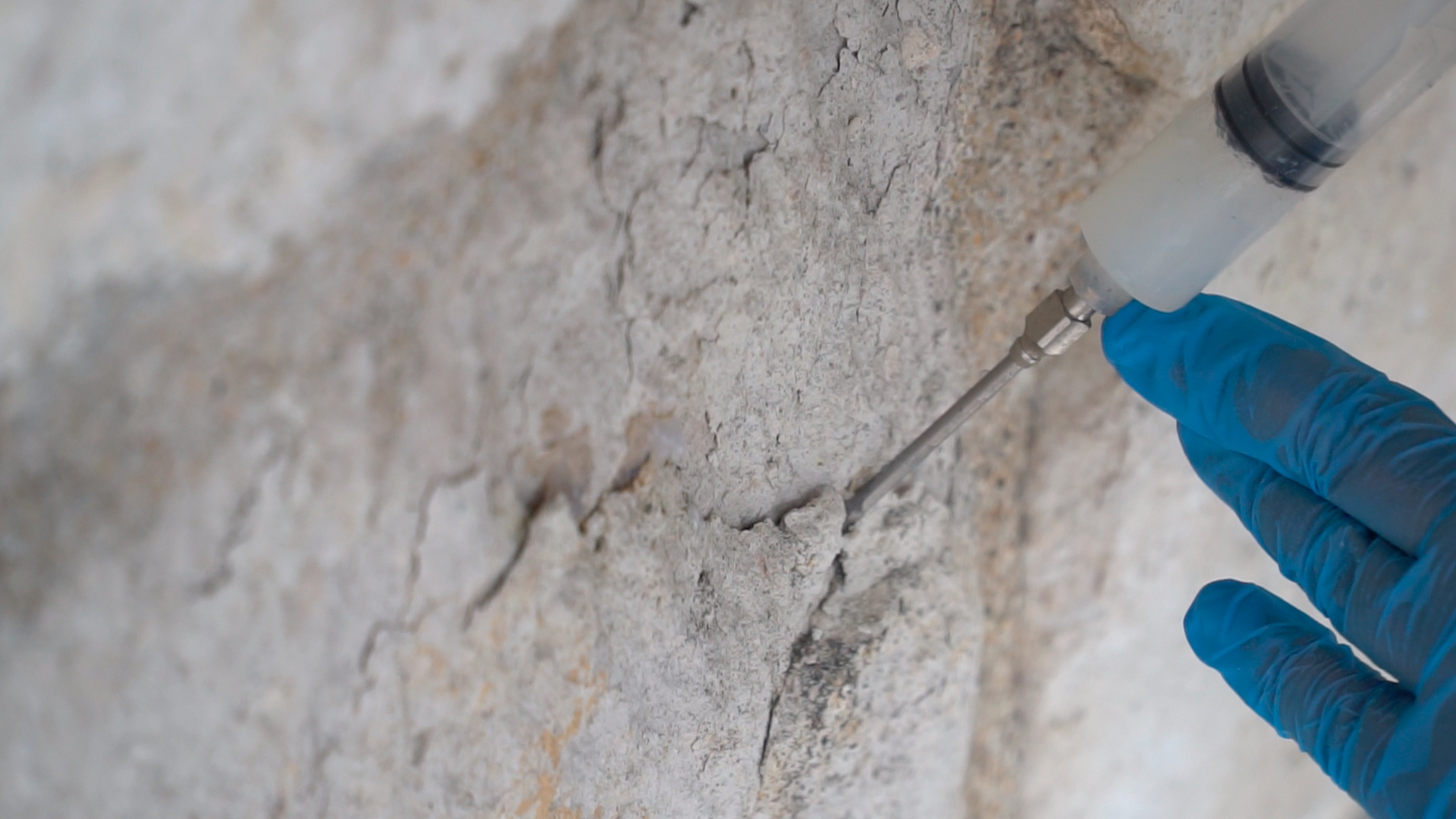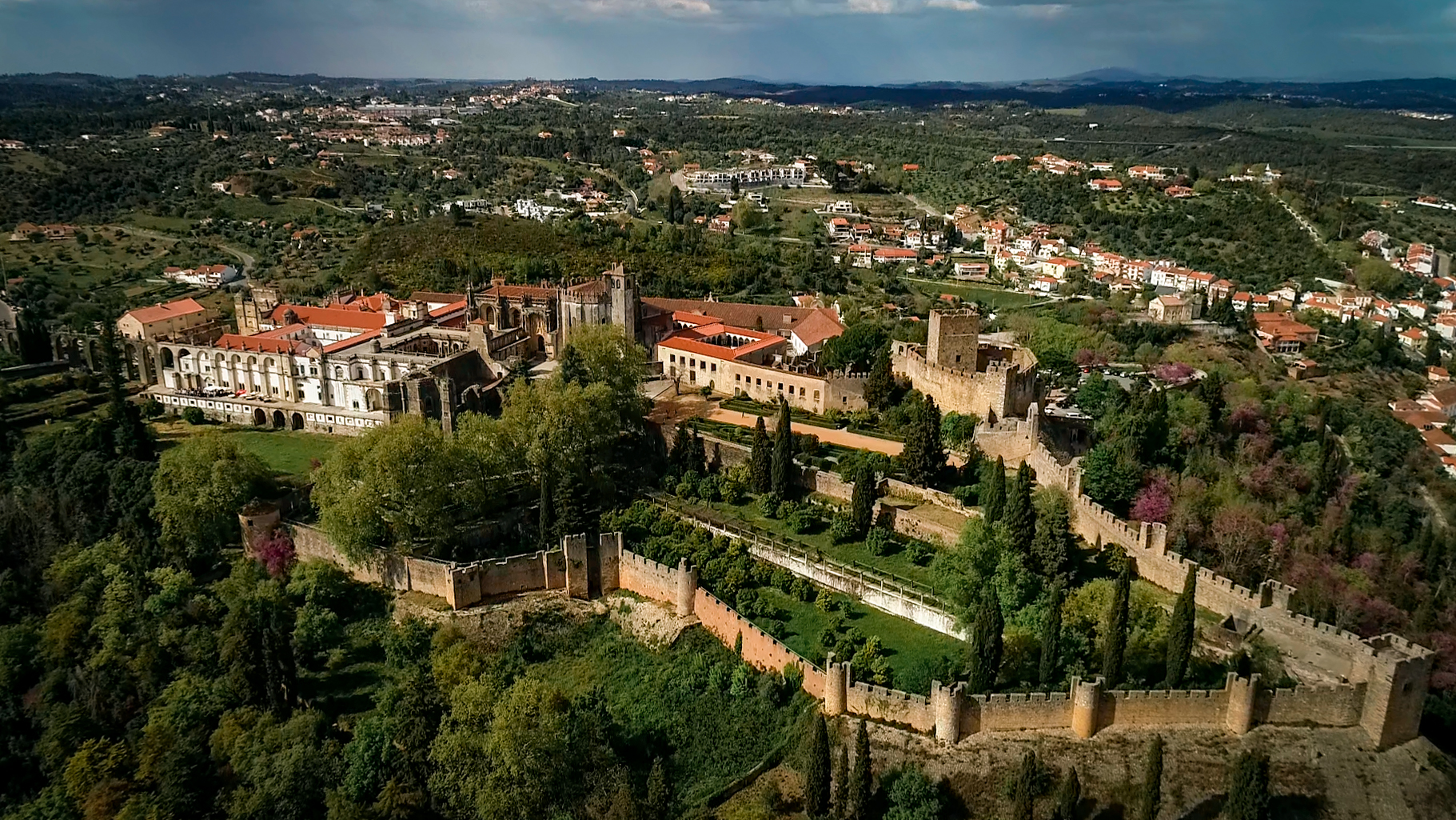FAQS

How long will the work last?
The work is expected to take one year and be completed by June 2023.
Which areas are being treated?
The work is being carried out in the Charola and on the three façades (north, west and south) of the Church Nave. While the treatment is underway, the iconic Manueline window will be covered by a tarpaulin and screens placed in different locations will show images/videos of the progress of the work.
What is the purpose of the works taking place in the Convento de Cristo?
The recovery and cleaning project of the Convento de Cristo aims at removing the biological matter that has formed around the Janela do Capítulo and other areas of the church. Due to its great importance, a preliminary pilot intervention was carried out between November 2009 and February 2010, with the purpose of testing cleaning methods and verify the state of conservation of the stone surfaces. Once the ideal model of cleaning and finishing has been assessed, the aim is to ensure a physicochemical stabilisation of the constituent materials and to re-establish the architectural integrity and aesthetic value of the façades.
What techniques were used in the process of Conservation and Restoration of the Convento de Cristo?

- Consolidation of stone elements
In order to reduce the loss of stone material, we propose the consolidation of elements that are at risk of detaching such as chips, flakes, cracks and crevices prior to cleaning.
- Application of a biocidal product
To remove biological colonisation. Procedure of spraying biocide agent.
- Application of systemic herbicide
Spraying or injection will be carried out locally, only in the areas where there are herbaceous plants. After the product has taken effect, the herbaceous species and their roots are extracted.
- Micro plastering
Used to ensure that there is no risk to the stability of the stone material, so that detailed micro plastering is carried out on crevices, cracks, holes, chips and cavities by filling them with plaster mortar.
- Consolidation
Application of a barium hydroxide solution will be used on surfaces that show some form of degradation. Procedure carried out by brushing or wiping with pads.
- Final water-repellent treatment
The nanotechnology-based water repellent product, with colourless finish, is applied to the stone surfaces using a brush or by spraying at low pressure, checking beforehand that there is no change in colour. The purpose is to provide some water insulation while allowing the natural gas exchanges in the stone.
Who is responsible for the work?
The company that won the tender is responsible for the execution of the works: STB- Reabilitação do Património Edificado, Lda, supervised by the firm 44 Engenharia, Lda, together with technicians from the DGPC (Direção Geral do Património Cultural), the Convento de Cristo and the scientific consultant Professor Delgado Rodrigues.
What is the surface area of the monument?

The Convento de Cristo and Tomar Castle are approximately 4 hectares in size, making it one of the largest monuments in Europe.
Is the monument a World Heritage Site?
In 1983, it was designated a World Heritage Site by UNESCO, notably because it is considered "a masterpiece of the creative genius of mankind" and is "directly or materially associated with events or traditions, ideas, beliefs or artistic and literary works of universal significance." For further information go to Convento de Cristo
How can I learn more about this intervention?
You can follow the development of this project on the social media at:
www.facebook.com/patrimoniocultural.dgpc
www.facebook.com/ConventodeCristoTomar
By visiting us and watching the various video clips presented throughout the tour.
Photos and videos - Christopher Pratt and Orlando Oliveira in service of Next Solution Lda.


